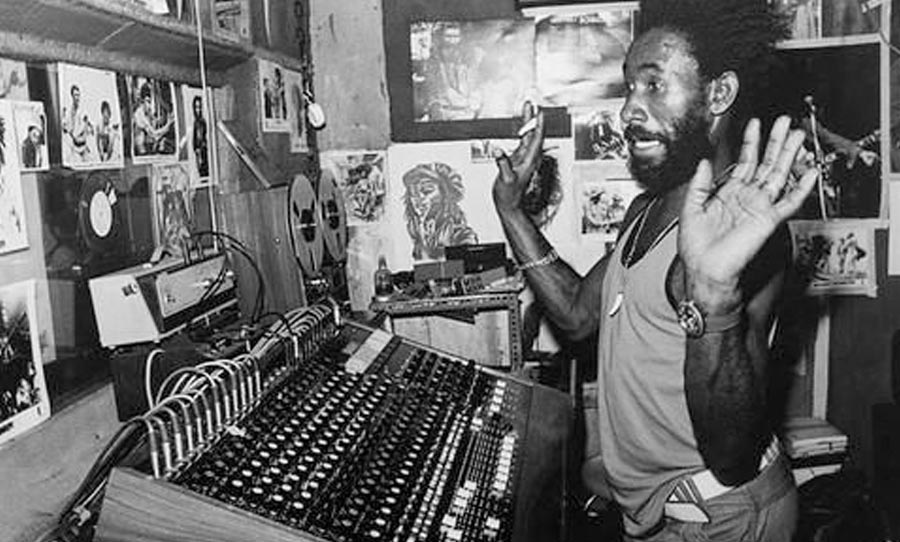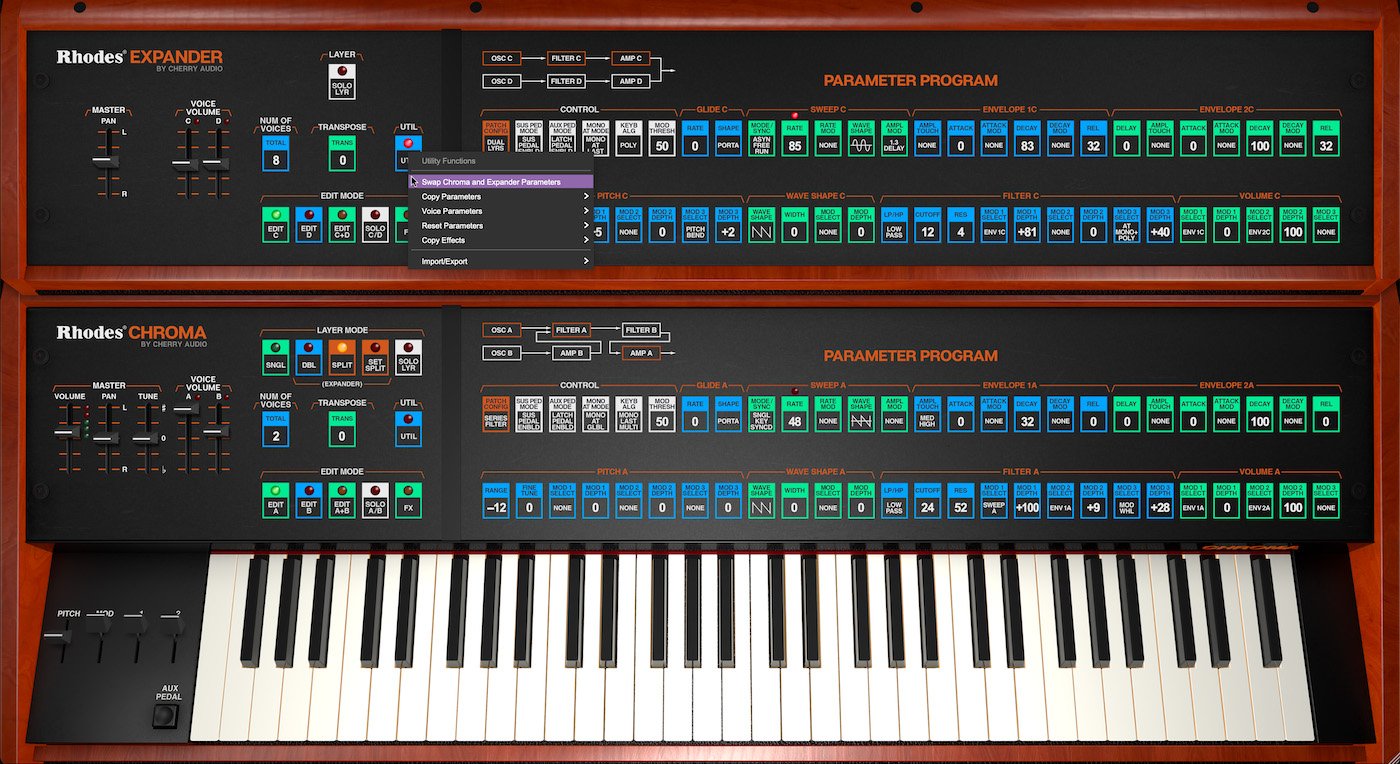Soundcraft emerged in 1973, a period of flux in recorded and live music. Innovative artists and engineers of the ’60s pushed the envelope of production, despite being up against some serious limitations. Track counts were low and workarounds were relied upon to cram as much musical richness onto a sliver of magnetic tape as possible.
But as the recording medium grew and improved, channel counts on desks got bigger too. Live audio, spurred on by ballooning record sales and subsequent tours, was revolutionised as well. Using the in-house public-address system for a stadium gig was just not gonna cut it anymore.
At this auspicious time, Soundcraft launched and bloomed. Their consoles quickly gained a reputation for ease of use – and most importantly for the rigours of the road – a rock-solid build quality. After all these years, the company is still committed to versatility and reliability, offering mixing solutions for pretty much any gig you can think of. 
Launched more than four decades ago, almost every engineer has had their hands on a Soundcraft at one point their career. Read on the discover the magic behind these rock-solid consoles.
Best of the British
Soundcraft founders, Phil Dudderidge and Graham Blyth couldn’t have been better placed to understand the needs of the working engineer. One of the bands that exemplified the transition from the club to the stadium was Led Zeppelin and Phil Dudderidge was their first dedicated the live sound engineer.
Blyth grew up studying the piano and is still an accomplished professional organist. After his scholarship, he studied electronic engineering where his mentor, Bill Kelsey, showed him the ins and outs of circuit boards and invited him to help assemble a console that would be used by Emerson, Lake and Palmer.
The first Soundcraft desk was called the Series 1 and was the console to be built into a flight case – a signal of the company’s intent to make gear that’s ready for the road. Its features might be considered rudimentary by today’s standards, but advanced for the time: up to 16 input channels, with main stereo output, plus outputs for pre-fade foldback and post-fade effects, with a four-band, fixed-frequency EQ on each channel.
On account Series 1’s warm reception, the Series 2 gave Soundcraft the opportunity to spread its wings. It was initially offered in 12 or 16 channel configurations but eventually came in a 24 channel variety as well. Its master section became more sophisticated, with the addition of an effects return and group outputs. The input channels were also available with sweepable EQs and panning. 
In the Studio
Though they made their name at front-of-house, Soundcraft desks were no slouches in the studio. They made their name in the ’80s with models like the 1600, 2400 and Sapphyre bringing innovative approaches to recording sessions, all while keeping the price low.
By the ’80s, brands like Neve and SSL had established a foothold in high-end studios, but there was still a significant market for studios and home recording enthusiasts. Soundcraft dominated in this space. Despite being pitched as a desk for everyone, Soundcraft desks were still trusted to be at the centre of some special recordings.
As George Harrison was putting together The Travelling Wilburys, he and producer Jeff Lynne decided that they needed a location for the recording that was away from the glare of Hollywood. Harrison called Bob Dylan and asked if he could use his studio and surreptitiously invite him into the project. Part of the album was recorded in Dylan’s garage, another was recorded at Dave Stewart’s (of Eurythmics fame) house.
There were some top-shelf mics on offer, including those from AKG, Neumann, Telefunken and more. At the hub of this session – populated by some true heavyweights of 20th-century songwriting – stood the humble Soundcraft 1600. The record is a high watermark in terms of engineering, the sounds imbued with depth and coated with detailed top-end sparkle. The Soundcraft channel strips were well and truly up to the task.
In the previous decade, Lee ‘Scratch’ Perry added a Soundcraft console to his arsenal. In People Funny Boy: The Genius of Lee ‘Scratch’ Perry, David Katz writes: “The Soundcraft enabled Perry to construct a broader sound that was richer, fuller, more complex and resonant with deeper textures.” It’s hard to think of a more significant endorsement than from the preeminent figure in dub music, a style with fascinating and fluid soundscapes at its core. 
Nowadays, Soundcraft continues to innovate in audio, providing solutions for live and studio applications that have kept up with the demands of modern musicians and engineers. With their Vi consoles, they’ve kept pace with industry leaders in providing a comprehensive digital workflow for live shows. They even collaborated with Universal Audio to make latency-free UAD plugins a reality with their Realtime Rack.
Their Notepad series is aimed at the project studio, offering analog mixing with built-in USB audio interfacing, while the Signature series taps into the company’s vast legacy, incorporating their famous Ghost preamps, Sapphyre EQ circuits, collaborating with dbx for compression and Lexicon for built-in effects.
Through sheer weight of numbers, Soundcraft mixers have been influential. But that’s not to denigrate their quality. Soundcraft has achieved longevity through its canny collaborations, robust builds and the ability to meet professional audio needs in the studio and on stage.


